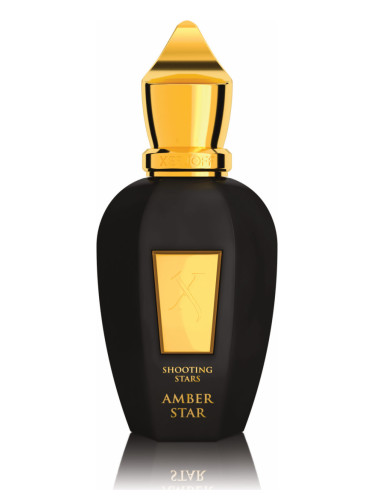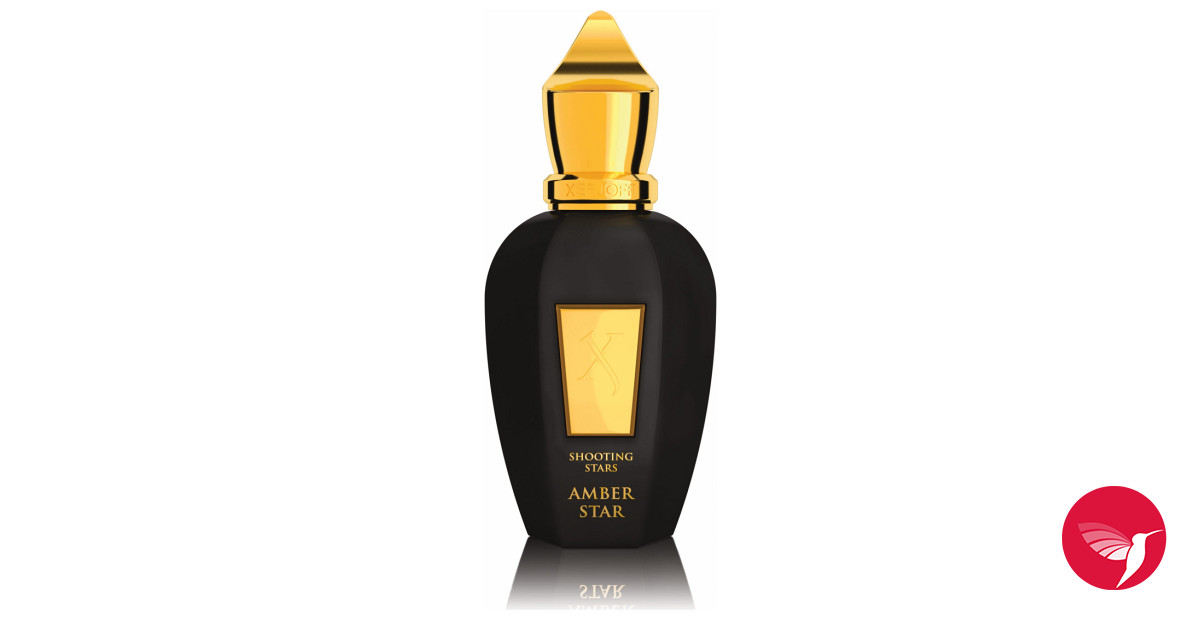Amber star, a term often used to describe the fascinating beauty of amber, has captured the imagination of humans for thousands of years. From prehistoric times to modern days, this natural wonder continues to amaze with its unique properties and ability to preserve ancient life forms. Whether you're a collector, a jewelry enthusiast, or simply curious about nature's wonders, amber star holds a special place in our hearts and history. This piece dives deep into the world of amber, shedding light on its origins, varieties, and captivating characteristics.
As you explore the pages ahead, you'll uncover the story of amber star and how it forms, along with its role in preserving ancient organisms. You'll also learn about the different shades and types that make each piece of amber distinct. Whether it's the deep, rich red tones or the lighter, golden hues, amber carries an allure that's hard to ignore. So, buckle up for a delightful adventure through time and nature!
For those who haven't had the chance to closely examine amber star, this is your moment to discover why it's cherished by so many. From its historical significance to its practical uses, amber is more than just a gem—it's a window into our planet's past. Let's take a look at what makes amber star such a remarkable creation of nature.
What Exactly is Amber Star?
Amber star refers to the remarkable fossilized resin that has undergone significant changes over millions of years. It's not a mineral but a natural substance that forms when tree resin hardens and fossilizes. Unlike tree sap, which is watery, resin is sticky and thick, often serving as a protective mechanism for trees against insect attacks. Over time, this resin transforms into amber, preserving whatever it trapped inside, including insects, plants, and small animals.
Where Does the Amber Star Come From?
So, where does amber star originate? The answer lies in ancient forests that once thrived millions of years ago. Trees would release resin to protect themselves from harm, and this resin would eventually fall to the ground, mix with soil, and become buried. Through a process of chemical change and loss of volatile components, the resin hardens into amber. In some respects, you could say that amber star is nature's way of turning time into a tangible object.
Why is Amber Star Unique?
One of the reasons amber star stands out is its ability to preserve prehistoric life forms. Insects, plants, and even small animals have been found perfectly preserved within amber, offering a glimpse into the past. This preservation is so effective that scientists can study these organisms to learn more about the Earth's history. Amber star's uniqueness also lies in its varied colors, ranging from warm oranges and yellows to deep, rich reds.
Is Amber Star Really a Gem?
Amber star is indeed considered a gem, though it's not technically a gemstone. Gemstones are minerals that have been cut and polished for use in jewelry, whereas amber is fossilized tree resin. Despite this distinction, amber is highly valued in the jewelry trade due to its distinctive colors and ability to be crafted into beautiful pieces. Measuring between 2 and 2.5 on the Mohs scale for hardness, amber is one of the softer stones used in jewelry, making it a bit more delicate compared to other gems.
How Does Amber Star Form?
Amber star forms through a fascinating process that involves resin from certain trees. When these trees are injured, they release resin to protect themselves. This resin is sticky and can trap insects and other small creatures. Over time, the resin hardens and undergoes chemical changes, eventually turning into amber. The transformation takes millions of years, and the result is a beautiful, translucent substance that can reveal the secrets of the past. In a way, amber star is like a time capsule, preserving bits of history within its golden depths.
What Makes Amber Star Different From Other Gems?
Unlike traditional gemstones, amber star has a few characteristics that set it apart. For one, it's not a mineral, which means it doesn't have a crystalline structure. Instead, it's an organic material that has undergone fossilization. Another difference is its relatively low hardness, making it more prone to scratches and chips. Yet, these qualities don't detract from its appeal; in fact, they add to its charm. Amber star's ability to preserve ancient life forms is just one example of what makes it truly special.
What Are the Different Types of Amber Star?
Amber star comes in various types, each with its own unique properties. For instance, Baltic amber is one of the most well-known varieties, prized for its deep golden hues. Dominican amber, on the other hand, often features a bluish tint when viewed under certain lighting conditions. Each type of amber star is distinct due to its location and the conditions under which it formed. Learning about these differences can help you appreciate the diversity of this remarkable substance.
Table of Contents
- What Exactly is Amber Star?
- Where Does the Amber Star Come From?
- Why is Amber Star Unique?
- Is Amber Star Really a Gem?
- How Does Amber Star Form?
- What Makes Amber Star Different From Other Gems?
- What Are the Different Types of Amber Star?
- How Can You Care for Your Amber Star Jewelry?
How Can You Care for Your Amber Star Jewelry?
Now that you know more about amber star, it's important to understand how to care for it if you own any jewelry pieces. Since amber is relatively soft, it requires a bit more attention to keep it looking its best. Avoid exposing your amber star jewelry to harsh chemicals or extreme temperatures, as these can damage the surface. Instead, clean it gently with a soft cloth and mild soap, and store it in a safe place to prevent scratches.
For example, if you have a necklace or bracelet made from amber star, consider keeping it in a velvet pouch or separate compartment in your jewelry box. This way, it won't rub against harder stones or metals that might cause damage. By taking these precautions, you can ensure that your amber star jewelry remains beautiful for years to come.
Why Should You Choose Amber Star?
Choosing amber star for your jewelry collection is a decision that combines aesthetics with history. Not only does amber star offer a range of stunning colors, but it also carries with it the legacy of ancient forests and the creatures they once supported. Each piece of amber star tells a story, making it a truly unique addition to any collection. Plus, its natural beauty and warmth make it a favorite among those who appreciate organic materials in their jewelry.
So, if you're looking for something special that connects you to the past while adding a touch of elegance to your style, amber star might be just what you need. With its rich hues and intriguing properties, amber star continues to enchant people around the world.
Finally, remember that caring for your amber star jewelry is key to preserving its beauty. By treating it with care and respect, you can enjoy its timeless appeal for many years to come.



